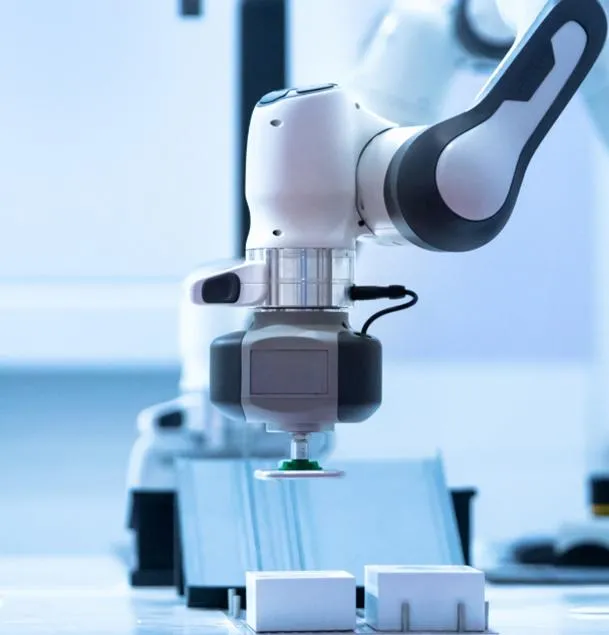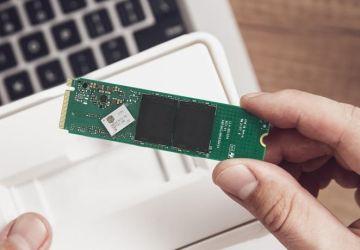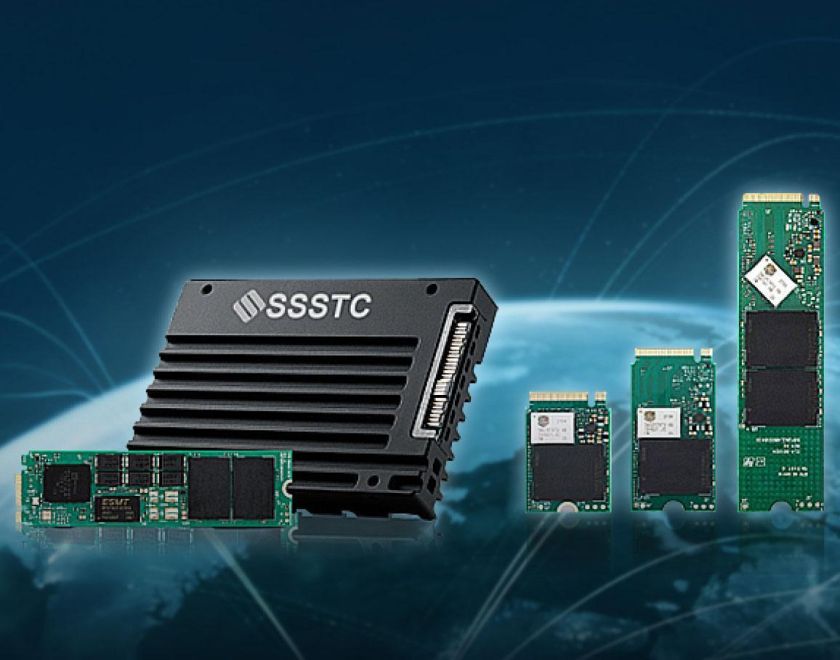Boosting Performance with Cache: Unleashing the Power of SSD Caching
In today's fast-paced digital landscape, where data access and processing speed are paramount, cache technology plays a crucial role in enhancing performance. Among the various cache techniques, SSD caching has emerged as a game-changer. In this article, we delve into the world of caching, exploring the ins and outs of SSD caching and its profound impact on optimizing system performance.
Understanding Cache
Cache, in computing, refers to a high-speed storage layer that stores frequently accessed data, allowing for faster retrieval and reduced latency. It serves as a bridge between the relatively slower main memory and the processor. By storing copies of data closer to the processor, cache minimizes the need to access data from the main memory or disk, thereby significantly improving overall system performance.
Introducing SSD Caching
SSD caching leverages solid-state drives (SSDs) to store frequently accessed data, enabling faster retrieval. This technique enhances performance by providing a high-speed interface that surpasses traditional storage solutions.
Benefits of SSD Caching
l Accelerated Read Performance:
SSD caching dramatically reduces read latency by retrieving data from the SSD cache, resulting in improved application response times. AMR applications have utilized CVB SATA M.2 2280 SSDs produced by Solid State Storage Technology Corporation, enhancing driving safety and stability in both indoor and outdoor domains. These SSDs comply with military-grade Anti-Vibration and Anti-Shock standards, withstanding vibrations from uneven road surfaces or shocks from collisions with obstacles. They also provide suitable solutions for real-time video storage with impressive read-write speeds. Frequently accessed files, applications, and OS components are automatically cached, allowing for near-instantaneous access.
l Enhanced Write Performance:
SSD caching optimizes write operations by temporarily buffering data and then managing it efficiently.
This technique ensures smoother and faster write operations, even with large file transfers or intensive workloads.
l Cost-Effective Storage Solution:
SSD caching allows organizations to harness the benefits of SSD performance without relying solely on expensive SSD storage. By intelligently caching frequently accessed data, the system can operate efficiently.
Implementing SSD caching involves two primary approaches: hardware-based caching and software-based caching. Hardware-based caching involves using specialized caching hardware, while software-based caching utilizes caching software and SSDs. Configuration of SSD caching varies based on the operating system and caching software being used, but it generally involves selecting the caching algorithm, cache size, and data eviction policies.
SSD caching represents a significant advancement in cache technology, providing a solution to enhance system performance. By utilizing the speed of SSDs, SSD caching delivers accelerated read and write performance, resulting in improved application response times and overall user experience. You can connect to the product introduction to learn more about CVB SATA M.2 2280 SSD.
SSSTC provides the best quality, competitive cost mainstream storage products with superior customized service.Contact us to find more enterprise SSD or industrial SSD solutions.


__24C05D67dI.webp)
__24C15hqqtC.png)
__24C15wOdCC.png)









__24C05XQ2my.jpg)







__24C05fplcZ.png)
__24C05vgHYC.png)



